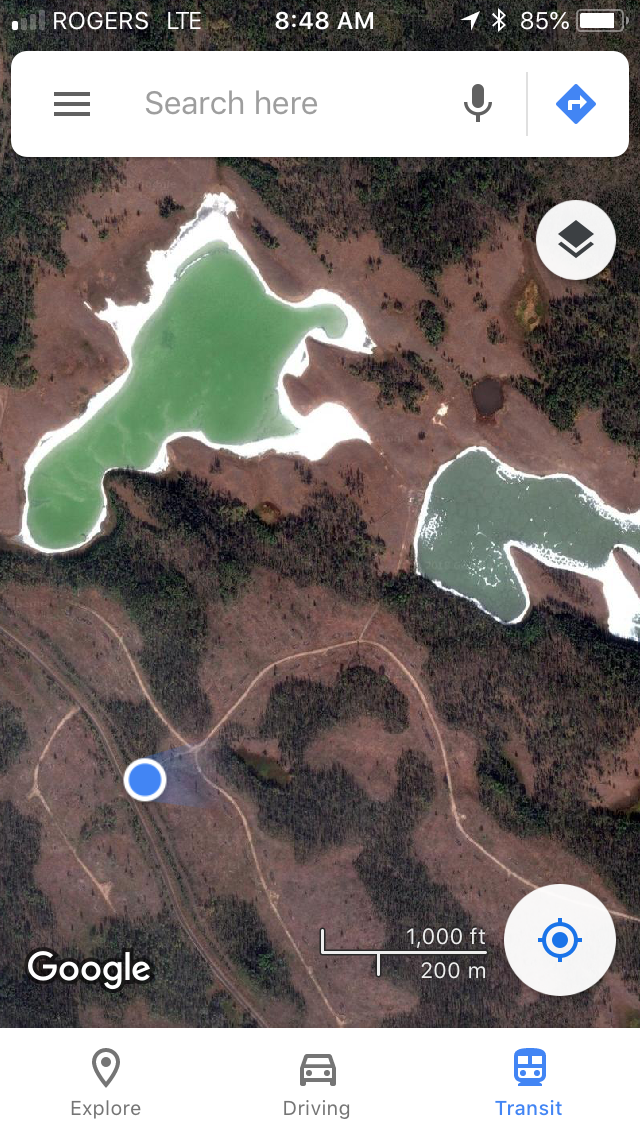We were very honoured to have Minister Maryam Monsef (Peterborough - Kawartha) visit our laboratory as part of an announcement that the federal government is investing $2.4M for Trent University researchers as part of $558M national investment in the NSERC Discovery program. Minister Monsef stated that “Canada is a world leader in science, and the investments we are making today in Trent University will ensure researchers and students are able to pursue their dreams and come up with solutions to some of our most pressing challenges.” NSERC funding is vital to our research and supporting undergraduate and graduate research.
Inside Science on BBC Radio 4
Very excited to have been a guest on BBC Radio 4 Inside Science hosted by Gareth Mitchell. The interview was about the research on magnesite formation at room temperature that myself and Paul Kenward, Greg Dipple, and Mati Raudsepp recently published.
Goldschmidt press release on EurekAlert!
While attending Goldschmidt 2018, Tom Parkhill put out a press release based on my talk that I gave on behalf of Paul Kenward, Anna Harrison, Greg Dipple, and Sasha Wilson on our magnesite work and its implications for carbon sequestration. Our work characterized natural magnesite and determined its rate of formation in the Atlin playas, and secondly we were able to accelerate magnesite formation in the laboratory at room temperature using reactive surfaces. The story really took off and I had the great opportunity to be interviewed by BBC Radio 4 Inside Science, Sea Change Radio, Science News, Fast Company, and NBC News MACH. The story was also picked up by Forbes.com, Popularmechanics.com, Phys.org, Sciencedaily.com, USNews.com, and at least another 20 websites that I was able to find!
A truly humbling experience and happy to carry the CO2 mineralization flag for my “15 minutes of fame.” Thanks to all the contributors to this work as well as Tom and the journalists that help us scientists communicate our research to the public!
Hydromagnesite-magnesite playa near Atlin, British Columbia, Canada.
Naturally-occurring magnesite from Atlin playas.
Goldschmidt 2018 Boston
Spending the week in Boston for Goldschmidt. I’ll be giving a talk on Tuesday on “Magnesite formation at Earth’s surface” in “Formation of Carbonate, sulfate and phosphate mineral” and co-convening Session 11b on “Fluid-rock interactions in the Environment: Thermodynamics, kinetics and isotopes” with colleagues Anna and Vassilis. Looking forward to a fantastic conference and catching up with colleagues!
2nd De Beers Carbonation Workshop
Carlos and I attended the 2nd De Beers Carbonation Workshop in Johannesburg, South Africa. The meeting was attended by world experts on mineral carbonation and related fields. Carlos visited the Voorspoed diamond mine and joined the field trip around Cullinan diamond mine. He presented as excellent talk on the role of cyanobacteria in carbonate precipitation with a focus on microbial surface reactivity. I presented his work on the direct capture of atmospheric CO2 into tailings from the Baptiste deposits in the Decar nickel district in central British Columbia. We learnt a great deal and planned field pilot projects with collaborators Sasha, Greg and Gord. The workshop will no doubt lead to fantastic research in the coming year!
BC Carbonate Lakes
Google Earth view of Goodenough and Last Chance lakes.
A successful field campaign near Clinton, BC, visiting the many carbonate lakes on the Cariboo Plateau. Thanks to Maija, Sasha, and Nina for organizing such a great trip!
RFG in Vancouver
A successful Resources for Future Generations conference in Vancouver and a session on Innovations in Tailings Management. Thanks to al the speakers and really enjoyed al the talks!
View from inside the Vancouver Convention Centre.
Cullinan Diamond Mine
After all the sampling at the Venetia mine, our team had time to relax and do some sightseeing, which included interacting with elephants, lion cubs and a full grown cheetah. We spent two productive days at the Cullinan Diamond Mine, which has been operating for more than a century. This underground mine is nearly 1 km deep and we were able to see where they were currently mining. We also spent time sampling their mine wastes in an effort to determine the extent of CO2 mineralization at the mine. A very exciting experience and one that will lead to equally exciting research! Great thanks to our host, Anton, Francois, and all the mine staff for the opportunity, assistance, and hospitality.
Heading out to the tailings storage facility.
Tailings sampling
Yesterday, our sampling team including Sasha Wilson (University of Alberta) and Gord Southam (University of Queensland) got onto the tailings facility to sample fine tailings, waters, and biofilms. Sasha, Amanda and I along with a mine site geologist sampled to a depth of 5 metres! These samples will give us a great idea of the spatial heterogeneity that exists within the tailings.
Working at a mine
Working at a mine requires patience. The mine staff are great, but there’s numerous procedures to follow and paperwork to fill out. These hurdles are all worth the effort for gaining access to a world class mine. Safety is a top priority and all our sampling must be done with safety in mind. Tomorrow we’ll have an opportunity to meet mine staff and start sampling!








